Quinoa: beneficial properties and uses of the plant in everyday life
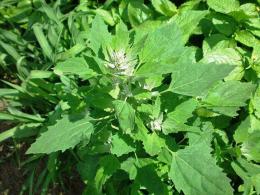
Quinoa, or as the plant is popularly called “flour grass,” can be found on motherworts, in fields, along ponds and roads. Despite the fact that the plant is found in all corners of Russia, it is simply impossible to hide its unique composition. Due to the presence of a large amount of nutrients vitamins and minerals, quinoa is used in folk medicine.
Content:
Main characteristics of the species
“Flour grass” belongs to the Chenopodiaceae family. More than a hundred species of this plant are known, of which shrubs, herbs and subshrubs are distinguished. In our region, few people know that quinoa has a unique composition. That is why the plant is mistaken for a weed and is actively destroyed in garden plots and fields.
It is interesting to know that during times of famine, quinoa seeds were ground and added to wheat flour. This bread turned out to be very rough, but no less nutritious and tasty. “Flour grass” saved many Russian peasants from starvation. Today, you can find many types of quinoa on almost every continent, but it is most widely distributed in:
- America
- North America
- Russia
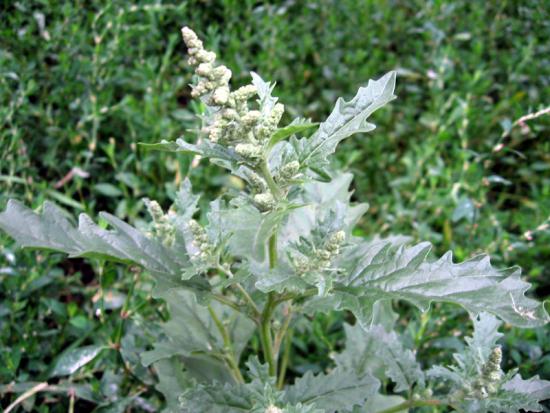
Of the hundreds of thousands of species in our region, spreading quinoa is common. Due to the fact that the plant is tolerant of the salt content in soil, the weed can be found almost everywhere.Due to its light and dry seeds, quinoa quickly occupies territory. If you do not destroy the weeds in time, the plant will take up most of the area, not allowing other species to grow and develop.
Note that most types of quinoa can be eaten not only by animals, but also by humans. The most valuable type for consumption is garden quinoa. We also note that the plant is an excellent honey plant.
Useful properties of quinoa
Due to its unique composition, quinoa is used in the treatment of skin diseases, as well as rheumatism, mucous wounds and inflammation of the joints. The plant contains:
- more than 20 amino acids, half of which are not produced by the body
- vitamins of group P, C, B, PP
- organic acids
- proteins
- essential oils
In folk medicine, “flour grass” is used fresh and cooked. The plant is also dried and used to make tinctures and various lotions. Note that the beneficial properties of quinoa are manifested:
- antipyretic
- cleansing
- anti-inflammatory
- antimicrobial
- choleretic
- immunostimulating
- diuretic effect
The shoots and young plants contain a real storehouse of proteins. It is the presence of proteins that determines that the plant is superior in composition to products of animal origin. Due to the presence of rutin and potassium, the plant is used to treat atherosclerosis and some cardiovascular diseases.
One cannot ignore the seeds of the plant, which have found their use in the treatment of constipation and poisoning.
By consuming dry, ground seeds Quinoa, toxins and waste are removed from the body, the so-called cleansing of the body occurs. Before deciding to use plants and seeds, you should consult your doctor.Quinoa also has some contraindications for use. In particular, the herb should not be used by people with diseases of the nervous system and gastrointestinal tract.
Video about the beneficial properties of quinoa:
How to prepare and store the plant?
If you decide to prepare the plant yourself, then you need to know that you need to collect it before flowering begins. This is primarily due to the fact that it is then that the plant accumulates the maximum amount of nutrients, vitamins and minerals, and the stems are particularly tender. It is forbidden to collect quinoa:
- near roads and landfills
- near lakes
- near factories
- in places for walking and grazing animals
The harvested quinoa must be dried. The best place for drying will be open air, with moderate access to sunlight. Monitor the condition of the quinoa, do not overdry the plant. You can store quinoa in paper, a box and a plastic bag.
At this stage, it is important to remember a few rules: avoid excessive moisture, elevated temperatures, and from time to time check the bag of grass for pests. Dried quinoa can be stored for one year. Teas, infusions and decoctions can be made from the plant.
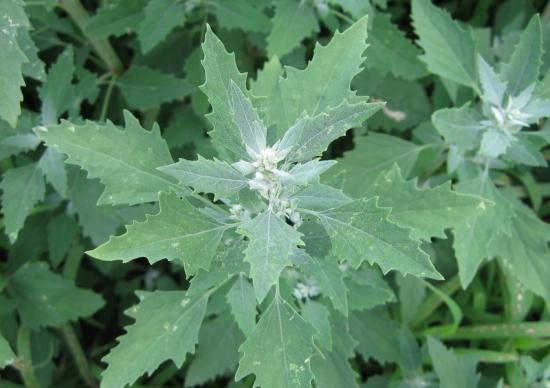
So, quinoa is an annual plant that has earned popularity due to its unique, healing composition. The summer season is open, which means that this plant can take its rightful place in your home, natural medicine cabinet!

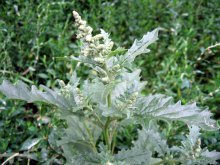
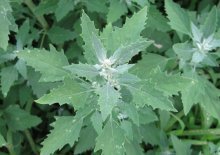
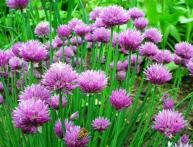
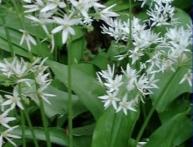

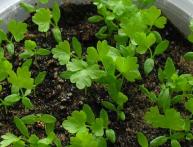
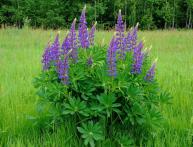
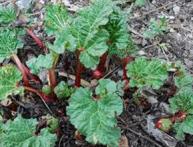
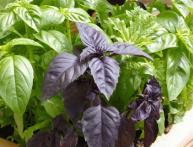
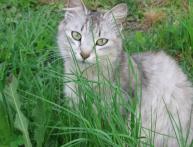
Comments
I would never have thought that quinoa is such a useful plant, because it looks like a weed and in vegetable gardens, quinoa is pulled out and thrown into compost heaps, or burned. I wonder what bread tastes like with quinoa flour?